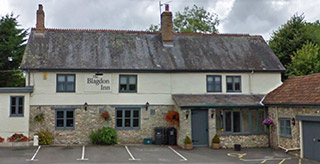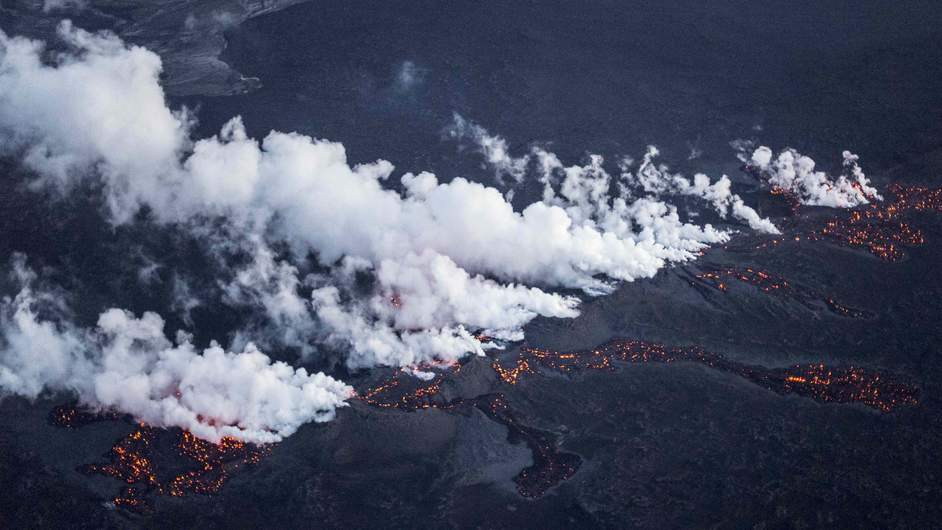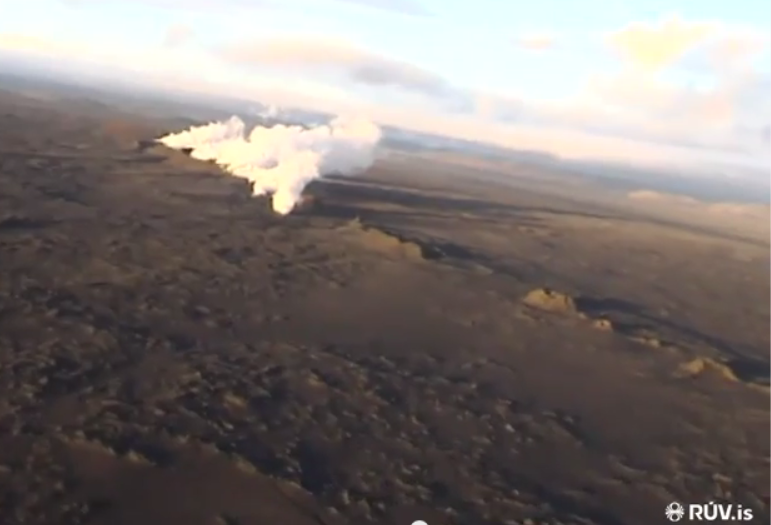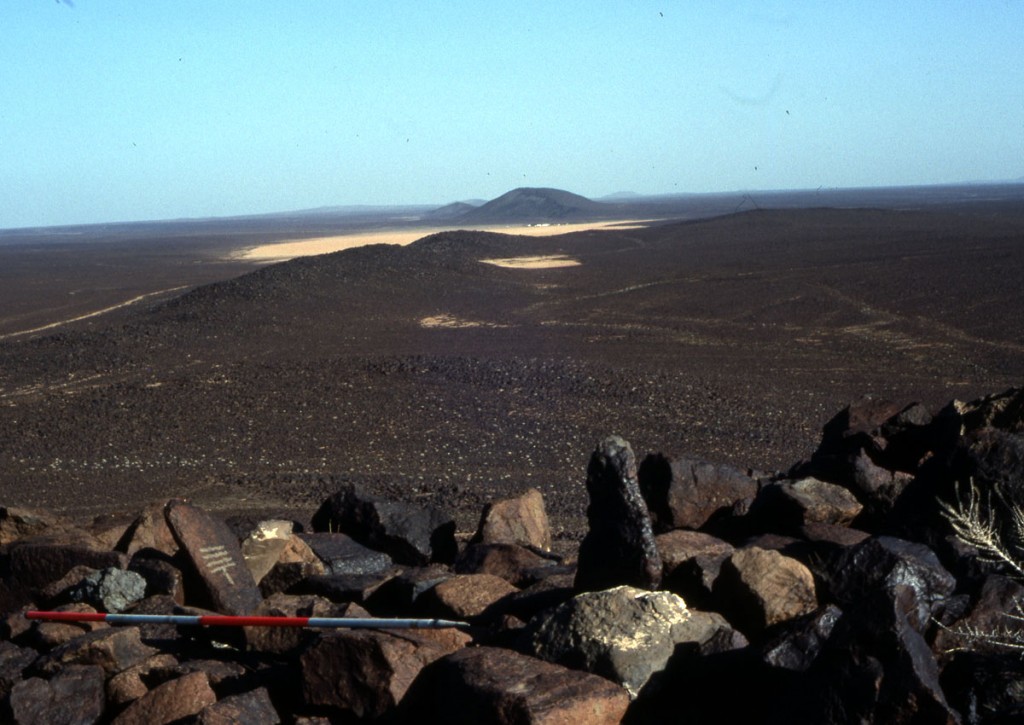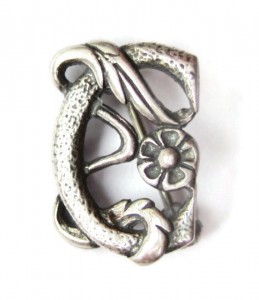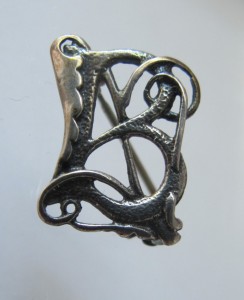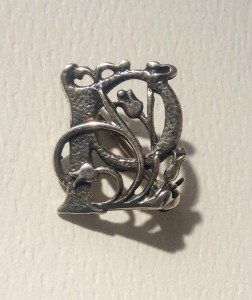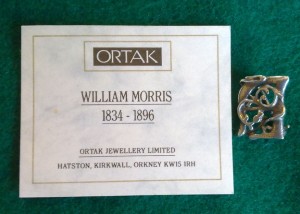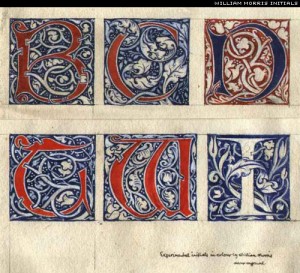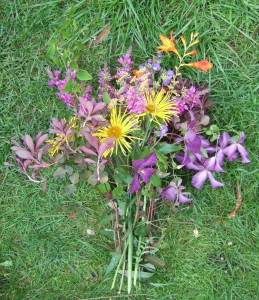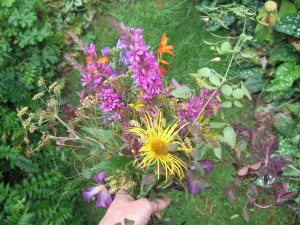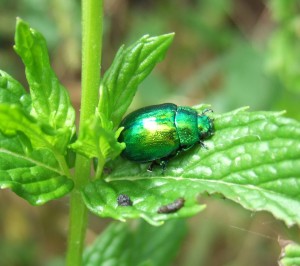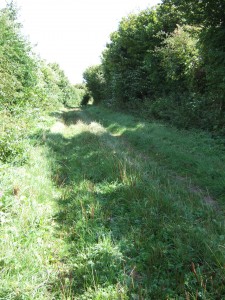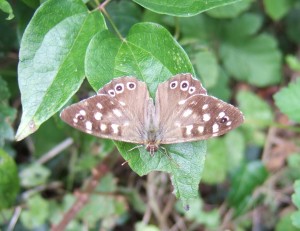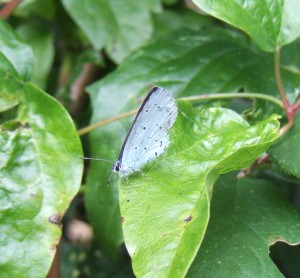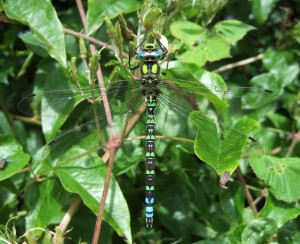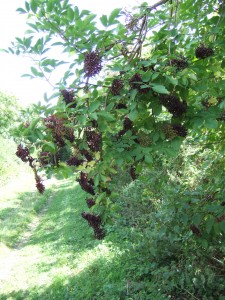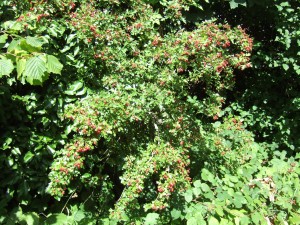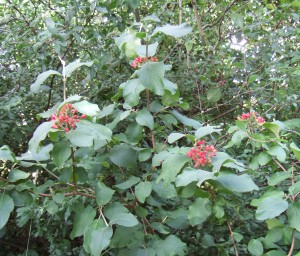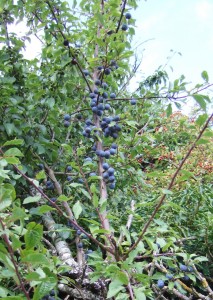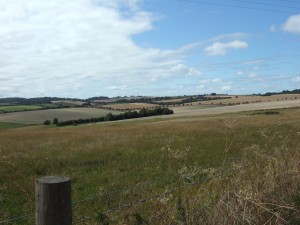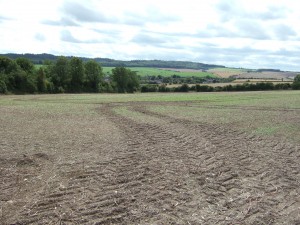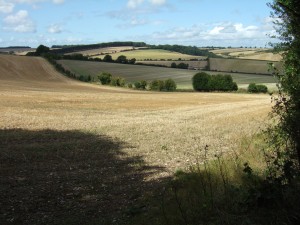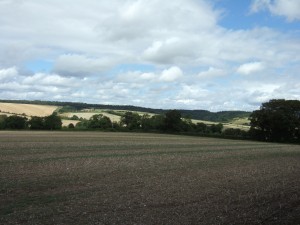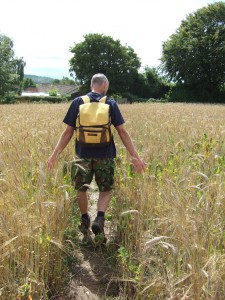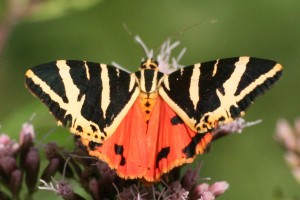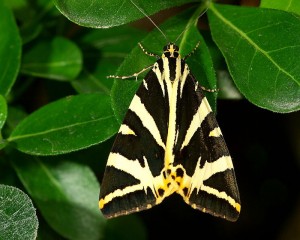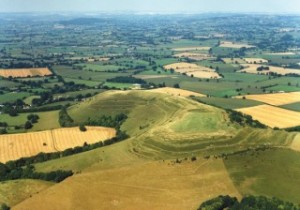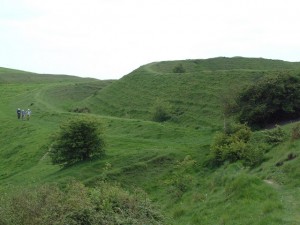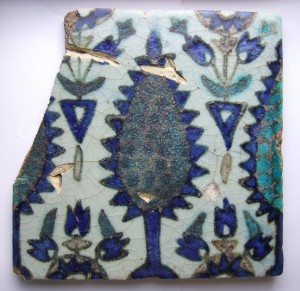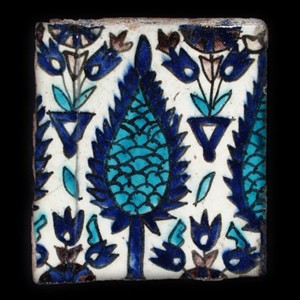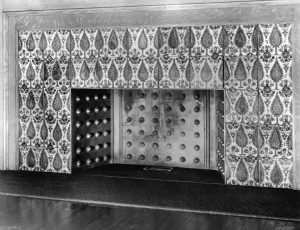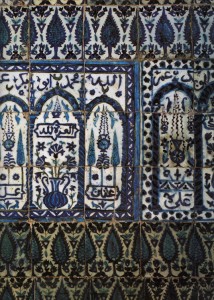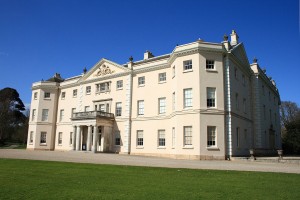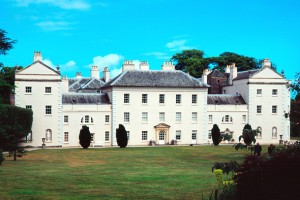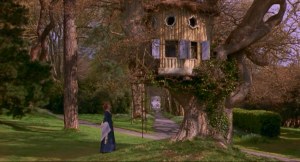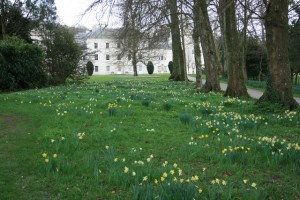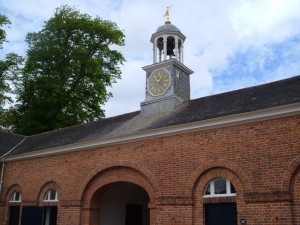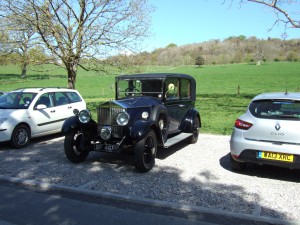My family spent a lovely lunchtime yesterday celebrating our father’s 83rd birthday at the Blagdon Inn, in Blagdon near Taunton, at the foot of the Blackdown Hills in the beautiful county of Somerset.
This pub has only recently opened (in March this year; previously it was the White Lion, before that an Indian restaurant, and before that another pub), and I have eaten lunch there with my Dad some four or five times, the first time when it had only been open a fortnight. Each time the food has been exceptional and the service warm, friendly and attentive. The pub hasn’t yet found the public we all think it deserves, so I am doing my tiniest bit to publicise it.
The chef, Sam Rom, formerly worked at the famed River Cottage canteen in Axminster. The Blagdon Inn shares the River Cottage ethos in that the food is locally produced, sustainable and seasonal. The pub has land near the pub on which are kept chickens, pigs and sheep (all of which end up on the menu in one form or another), and on which much of the produce used in the food is grown. What they can’t produce themselves is sourced locally. The menu has never been the same, and each time I have the hardest time choosing as there is rarely anything on the menu I wouldn’t want to devour …. (August sample menu here).
Memorable dishes I have eaten include a pearl barley and spring asparagus risotto, kipper hash and free-range fried eggs with capers, pulled pork crumble, lamb shank in a gorgeous rich sauce, and bar snacks such as a Blagdon pork sausage roll, potted crab, a kipper and barley scotch egg made with a quail’s egg, lovely spicy roasted almonds, Kalamata olives, and garlic bread. Sam’s twitter feed has some great photos of the food served. I can’t look without salivating!
The attention to detail is wonderful—the bread is homemade and comes on chunky wooden boards, homemade ketchup comes in tiny preseve jars, homemade chunky chips in a white enamel mug, bar snacks on vintage china, and yesterday’s food was decorated with nasturtium, borage and violet flowers, with pea shoots beautifully draped over. Even the paper napkins are really thick and good quality.
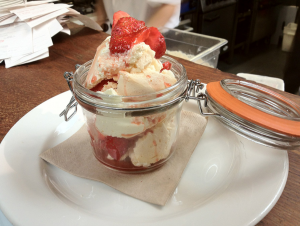
Eton Mess at the Blagdon Inn. Several of these got scoffed by us yesterday lunchtime! Photo from the Blagdon Inn website.
Luckily our other halves were driving, as my sisters and I guzzled several of the lovely proseccos served with fresh raspberry puree—divine!
The pub is a beautiful old building which has been lovingly restored and redecorated, and displays art by local artists, some of which is for sale.
The owner, Nigel Capel, has recently launched a wonderful new initiative in conjunction with the local RVS. It helps older gentlemen in the community who are isolated and lonely to get out and about and meet new friends—a volunteer can bring an older gentleman to lunch in the pub on the first Tuesday of each month, where they will both enjoy a free light lunch. If they are lucky they might see Nigel’s beautiful old Austin parked in the car park.
I have to give a special mention to the manager, Tim, who is an absolute star. Thanks Tim, and all the lovely staff at Blagdon.
